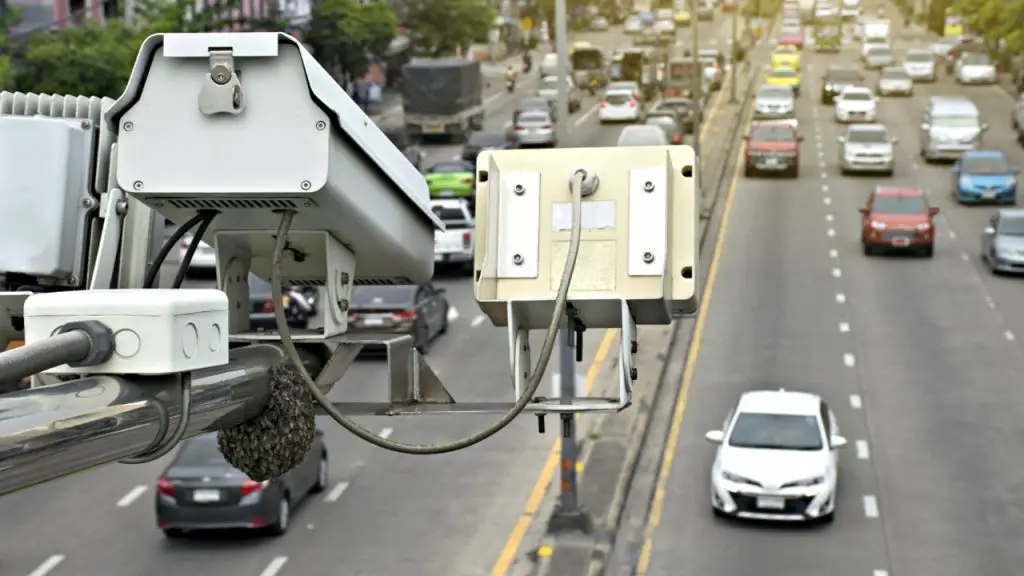AI and big data are poised to become vital tools for transportation companies, empowering them to optimize user experience with personalized recommendations, smarter operations and seamless travel. Gartner predicts by 2030, AI-powered predictive maintenance algorithms will become the standard for infrastructure management, preventing 40% of infrastructure failures.
CIOs overseeing digital transformation and innovation in the transportation industry must leverage the power of AI and smart city infrastructure, such as real-time data from traffic lights, parking availability and weather sensors, to enhance personalization accuracy and responsiveness.
Also read: How Emerging Markets Like India Are Electrifying The Future Of Mobility?
Optimizing Urban Mobility with Intelligent Connected Infrastructure
Connected infrastructure is a crucial element in establishing a “smart city” environment, where technology is leveraged to improve the efficiency, safety, and sustainability of transportation systems. Intelligent connected infrastructure (ICI) is the integration of communication technologies and data-sharing capabilities within the physical infrastructure of transportation systems and AI-based video analytics has played a pivotal role in advancing ICI.
There are numerous benefits of ICI, one being its ability to increase the flow of traffic through intersections by implementing dynamic traffic control and decreasing traffic congestion. The following are some of the main advantages of ICI.
• Improved efficiency and traffic flow: Adaptive traffic lights can adjust timing, based on real-time traffic flow, reducing congestion and idling emissions.
• Enhanced safety: Real-time collision detection can warn vehicles of impending crashes, allowing for evasive maneuvers and potentially saving lives. Data sharing can provide insights into road conditions, traffic patterns and potential hazards, enabling drivers to make informed decisions and adjust their behavior accordingly. This can lead to a significant reduction in accidents and fatalities.
• Personalized transportation: Data collected from sensors can be used to personalize transportation options for individual users. For example, real-time information on public transportation schedules and availability can be delivered directly to users’ smartphones, making it easier and more convenient to use public transit.
• New business models: The vast amount of data generated by connected vehicles and infrastructure can be used to develop new business models and services. For example, insurance companies could offer discounts to drivers with safe driving habits, and cities could use traffic data to implement congestion pricing schemes.
ICI’s Growing Prominence
Postpandemic, transit agencies and government organizations have been increasingly investing in connected technologies to improve the efficiency of transit systems and improve traffic flow. Examples of how city governments and transit agencies are implementing ICI solutions include the Delhi Transport Department issuing a tender in May 2023 for the installation of AI-powered cameras.
These cameras will be used to monitor traffic violations, such as checking vehicle registration plates and enforcing bus lane regulations.
Another example of such a use case is when The National Highways Authority of India piloted the AI-powered Video Incident Detection and Enforcement System (VIDES) in October 2023. This system was used to send alerts for patrol vehicles or ambulances, issue fines, and notify nearby travelers.
Government CIOs must begin by utilizing readily available data sources and integrating data from existing traffic cameras, road sensors, and public transit into the ICI ecosystem before deploying new infrastructure.
They must go beyond basic data collection and utilization to leverage AI and machine learning for deeper insights into traffic patterns, customer behaviour, and infrastructure performance. This can enable predictive maintenance, personalized travel recommendations, and dynamic pricing models.
This article is authored by Shivani Palepu, Principal Analyst at Gartner. All views are personal.

